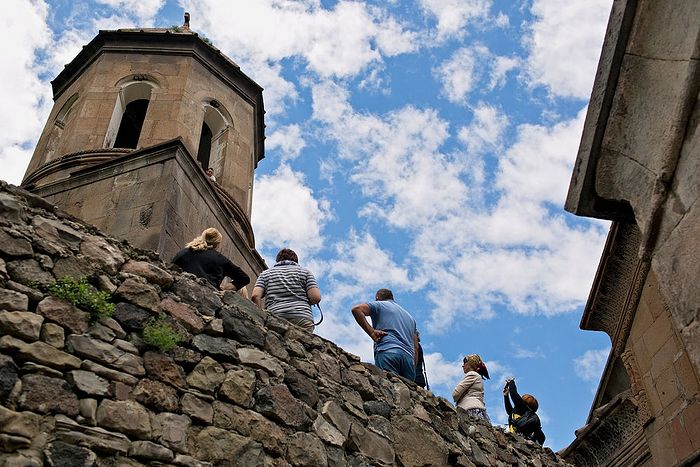Source: The New York Times
June 20, 2017
The idea was to take a trip with my 22-year-old daughter, Liza, an adventure worthy of a college graduation present. We settled on a 10-day journey through the small Caucasus country of Georgia, with a swing through neighboring Turkey, in search of the long-lost kingdom of Tao.
It sounded vaguely Chinese and the scenery did look at times like Chinese scroll paintings: rocky, pine-covered mountains cut through by waterfalls, fast-moving rivers and vast upland plateaus with alternating patches of snow and wildflowers.
But the stunning landscape was just the backdrop for the trip. Although the boundaries of the Tao-Klarjeti kingdom, as it is sometimes called, once part of a larger realm ruled by the Bagratid dynasty, had vanished from the map by the 11th century, its Georgian rulers left behind an astonishing collection of churches, monasteries and fortresses. Said to number 300, they are scattered across territory later disputed by, notably, the Byzantines, the Mongols, the Persians, the Seljuk Turks, the Ottomans and the Russians.
These remnants of ancient Georgian culture were what drew us to join John Graham, an American musicologist and tour leader who lives in Tbilisi, the Georgian capital, and seven other travelers on a journey that began in the Black Sea city of Batumi, circling through the Turkish cities of Kars, Yusufeli and Ardanuc, before ending in Tbilisi.
... Read the rest at The New York Times.





